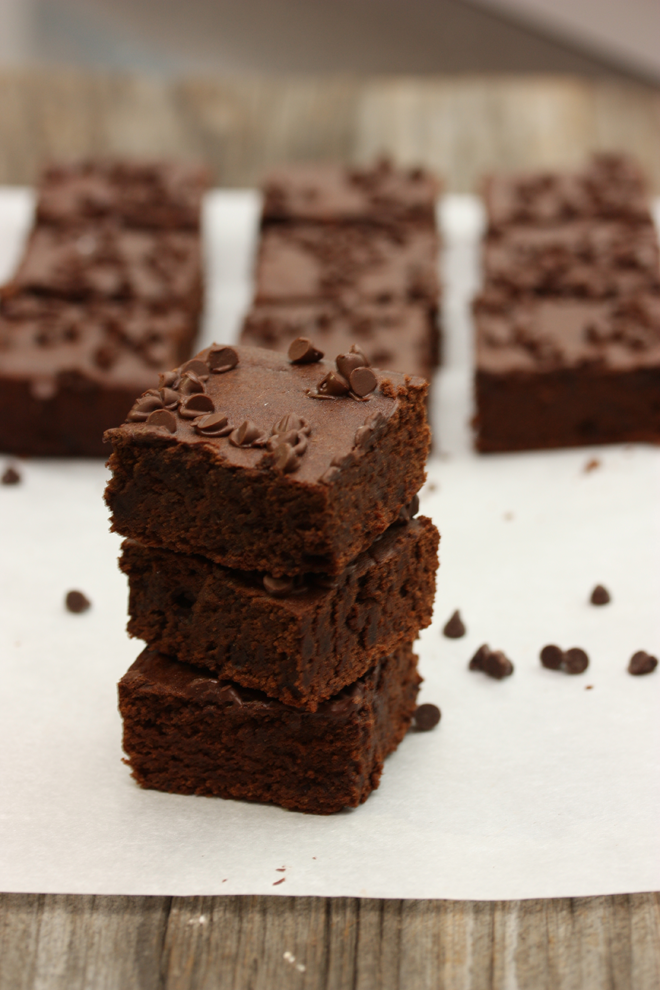By Dr Katie DeGroot, ND –
There is a lot of talk out there about gluten. Some people feel better when they don’t eat it or feel ill when they do. Other times people have been told by their doctor to go gluten-free to improve their health. But what is gluten, anyway, and how can something so little affect some people so seriously?

Gluten is a protein found within the seeds of three grain species—wheat, barley, and rye. It is also found within any product made from these three ingredients. Gluten is not found within rice, corn, millet, amaranth, quinoa, and similar grains or seeds, so these are considered gluten-free. Oats are sometimes said to contain gluten, but this is not technically true; oats, themselves, do not contain gluten but are frequently processed on the same equipment as wheat, barley, and/or rye. Thus, oats are frequently contaminated with gluten during processing, so assume they contain gluten unless it is specified that they are gluten-free.
The most serious reason some people must avoid gluten is celiac disease. Celiac disease is an autoimmune condition in which a person’s immune system reacts abnormally to gluten. When a food containing gluten is eaten, it stimulates that person’s immune system and activates an attack against their digestive system.
However, there are other people who do not have celiac disease but still react negatively to gluten-containing foods. This is sometimes called non-celiac gluten sensitivity—it is not an autoimmune condition like celiac disease, but all symptoms improve while following a gluten-free diet.
A major challenge with following a gluten-free diet – for whatever reason – is finding alternate recipes that taste good. Because gluten is such a major component of wheat flour – it is, literally, the glue that holds the baked good together – finding viable baking alternatives can be difficult. And come the holidays, with all the baked goodies and parties and get-togethers, following a gluten-free diet may seem like an frustrating challenge. So, here are two delish recipes that are both gluten-free and versatile enough to meet most dietary preferences and tastes.
Black Bean Brownies
This is a very easy recipe that is not only gluten-free; it contains no grains at all. But to taste it, you wouldn’t know. I have served these black bean goodies several times and never once been questioned if the main ingredient was anything but flour.
Ingredients
1 540 ml can of black beans, low in salt
3 eggs
2 tablespoon oil, coconut or similar light-flavoured oil
1 teaspoon vanilla
1 teaspoon peppermint extract, optional
1/2 cup cocoa powder
2/3 cup sugar
1/4 teaspoon salt
1/2 teaspoon baking powder
1 to 3 teaspoons instant coffee, adjusted to taste
1/2 cup chocolate chips
Method
1. Drain black beans and rinse thoroughly. Drip dry, then puree in a food processor or blender. You may need to scrape the edges several times to ensure all the beans are pureed.
2. Add eggs, oil, and vanilla and blend until all ingredients are well mixed.
3. For a Christmassy twist, add some peppermint extract along with the vanilla.
4. In a separate bowl, measure out cocoa powder, sugar, salt, baking powder, and instant coffee, and mix well. Then add to blender and blend until entirely mixed, scraping sides of blender as needed.
5. Finally, add the chocolate chips and blend briefly—long enough to mix the chips throughout the batter but not puree them.
6. Pour batter into greased 8”x8” baking dish and bake at 350 degrees F for 20-30 minutes, or until baked through. The finished product will still be moist in the middle, but not wet.
Fruit Crumble Cake
This is another very simple, versatile recipe that can be adapted to suit nearly any dietary desire or restriction. It features a crisp, slightly sweet top layer over a naturally sweet fruit bottom. This recipe does require some flour, so you can either use any gluten-free flour (such as millet, rice, or almond flour), or buy a commercially available 1 to 1 gluten-free baking flour (I like Bob’s Red Mill 1 to 1 All Purpose Baking Flour).
Ingredients
Bottom Layer:
6 cups pineapple (or similar fruit)
2 tablespoon corn or tapioca starch
2 tablespoon lemon juice
1 tablespoon vanilla
1/8 teaspoon ginger and/or cinnamon
1/8 teaspoon salt
Topping:
3/4 cup gluten-free flour
1 cup gluten-free oats
1/2 teaspoon cinnamon
1/2 teaspoon nutmeg
1 to 3 tablespoon brown sugar, to taste
4 tablespoon butter, softened
Method
1. In a 9”x13” glass baking dish, layer the fruit so the bottom of the pan is covered by about 1” of fruit. If you’re using canned fruit, add both fruit and juice. If you’re using fresh fruit, you might need to add a small amount of water to ensure approximately 1 cm of liquid remains at the bottom of the dish.
2. In a small mixing bowl, combine the lemon juice, corn starch, vanilla, salt, and spices. Mix well, then pour evenly over fruit.
3. In a large mixing bowl, mix flour, oats, cinnamon, nutmeg, and sugar. Then mix in butter until the topping is moistened and the flour turns sticky. Sprinkle this evenly over the fruit until covered.
4. Cook at 350 degrees F for 30 to 40 minutes, or until the fruit is soft and bubbling up on the sides of the pan.
5. Enjoy!
Dr Katie DeGroot is a naturopathic doctor who also holds a Master’s of Science in nutrition. She recently opened offices in Williams Lake and 100 Mile House, and is currently accepting new patients at both locations.

